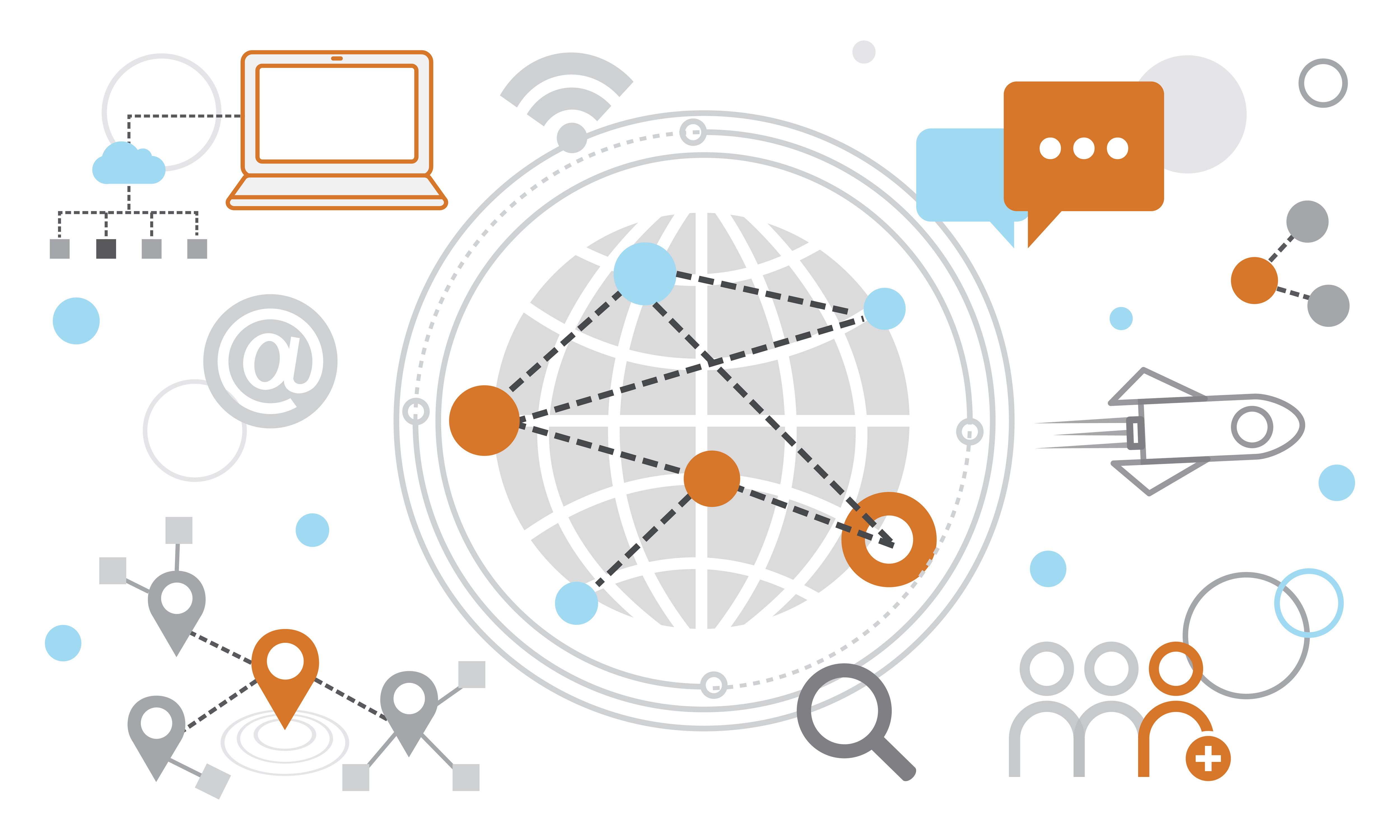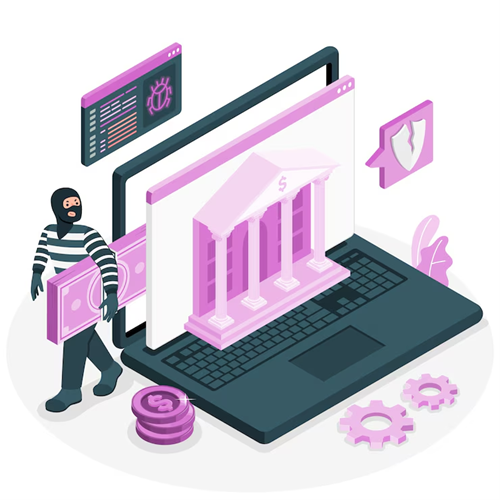DNS Security – How It Works And Solutions For Your Business Vulnerability
-
January 20, 2022
-
5 min read

Domain Name System or DNS is the foundation of how we access information. DNS stores the IP addresses associated with devices and changes the queries that we input to a format that the machine understands. The information is then routed to the device through the IP address associated with it. Given the pervasiveness of DNS, it is also vulnerable to many security threats. A recent report suggests that almost 90% of organizations faced DNS attacks this year, costing around $950,000 on an average, per attack. Further, most of these attacks impacted internet users in India. It is clear that now more than ever it has become critical for enterprises to build a robust security system around their DNS servers.
Types of DNS Security Threats
With the evolving nature of the digital ecosystem, the security threats around DNS are also constantly becoming more complex and difficult to catch. Here are some of the types of DNS security threats that DNS servers are vulnerable to:
- Typosquatting: It is a way of registering a domain name that is very similar to an existing domain or brand that is very popular. Typosquatting is considered a security threat since it can cause a big risk to corporate confidentiality. Typosquatting can also be one way for cybercriminals to steal information. Research suggests that by simply Typosquatting over 12,000 corporate emails could be extracted from the wide ecosystem of the web. Information regarding registrations of newly registered domains is easily available, and it can make it extremely easy to register a domain that is very similar to a popular brand or domain and nearly duplicate it for malicious purposes.
- Distributed Denial of Service Attacks (DDoS): While DDoS or Distributed Denial of Service Attacks are not specifically malicious, the accessibility to the website server gets hampered. DDoS is a logical choke point towards website traffic. Often this happens when enterprises overlook their network’s capacity planning. The number of incoming requests must be well thought through for the servers to work properly. To handle such threats, it is essential to employ a DNS provider.
- DNS Cache Poisoning: Whenever a user accesses the internet, some amount of information is cached on the server. The objective of caching is primarily performance improvement of the internet by reducing the load on the DNS. Cache poisoning happens when the server caches a malicious website or domain.
- DNS Amplification: A lot of times DNS servers are deployed in insecure or recursive configurations. DNS recursion is a system in which the process of domain resolution (changing the text information input to a machine-friendly language) to a more robust system. While the purpose of DNS amplification is securing DNS, but open recursive DNS servers that can be exploited for cyberattacks and thus strengthen their DDoS attacks by amplifying the vulnerability of the server.
Key Tips for Maintaining DNS Security
Digital has become integral to people’s lives and now more than ever, DNS security has become mission-critical. DNS security attacks can have a major business impact. Last year DNS attacks caused loss of business for 30%, application downtime for 76%, data theft for 26%, and much more. With the evolving nature of security threats, it has become critical for enterprises to implement robust DNS security measures. Here are some of the best ways for enterprises to implement DNS security:
-
DNS Security Extensions or DNSSEC
Implementing DNSSEC is an additional step towards verifying the DNS data. DNSSEC uses public-key cryptography for the verification process. To verify the root domain, certificate-based authentication is used. DNSSEC system verifies the DNS server responding to a request and ensures that the DNS server is authorized to respond.
-
Encrypting Data
Encryption of data that is included in the DNS requests and responses allows for an added level of security for the server. Encrypting data can offer a layer of protection and prevents hackers from intercepting the data for malicious use. For some reason, even if the information is intercepted, it is encrypted and hence cannot be duplicated or used for malicious reasons.
-
Implementing Secure DNS Configurations
DNS servers can be configured in a way that is siloed and not connected to any other DNS in the organization. It helps in preventing a relationship between DNS servers from each other. So, even if one of the servers is compromised, the impact will be minimal and not expand to the broader ecosystem. Secure DNS configurations can also help in limiting the amount of data each server stores. Such a secure configuration helps in preventing a broader set of data to be compromised.
-
Running Regular System Updates
DNS servers have a cadence for regular updates. It is important to run these updates continuously. These updates include new security protocols that enable the servers to flag any vulnerabilities and fix them before it impacts the wider ecosystem.
-
Strengthening detection protocols
Implementing strong detection protocols is crucial to monitor and prevent any malware attack beforehand. Some of the biggest warning signs of malicious activity are: increase in DNS activity from one source, about a particular domain. 2) when there’s an attempt to enter the DNS server for spoofing, there can be an increase in activity from one source about multiple domain names.
-
Security training
Today, most organizations have mandatory IT security training, which is critical to ensure robust security is maintained for DNS servers. When users are aware of potential risks, they will be more cognizant of using safe practices while accessing the internet. Some of the key practices that the training should include are:
- Verifying SSL/TLS certificates (security certificates) for websites they access.
- Avoid clicking unrecognized links.
- Running security checks when prompted by the system.
In Conclusion
As the internet becomes all-pervasive, malware attacks are also becoming difficult to catch. Such malware attacks can also have significant financial and legal implications. It has become important for enterprises to implement robust security measures to prevent such attacks from happening beforehand.
 Share
Share









